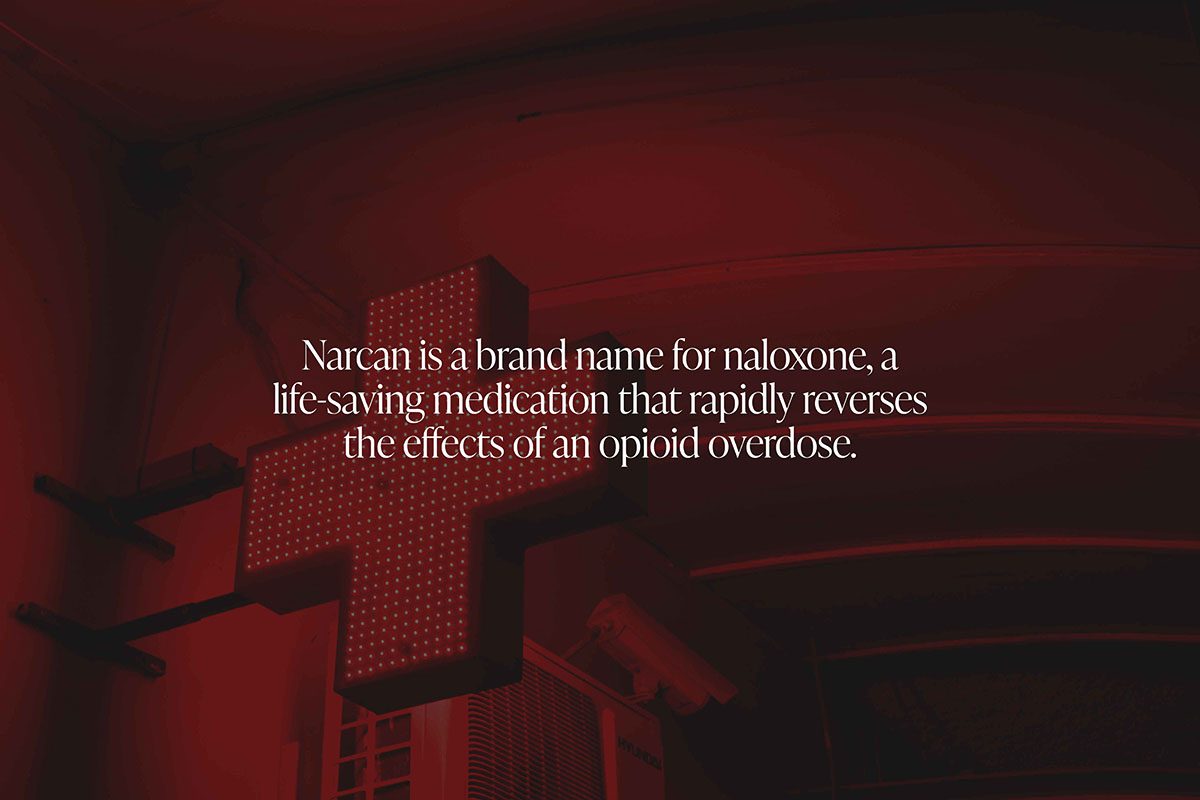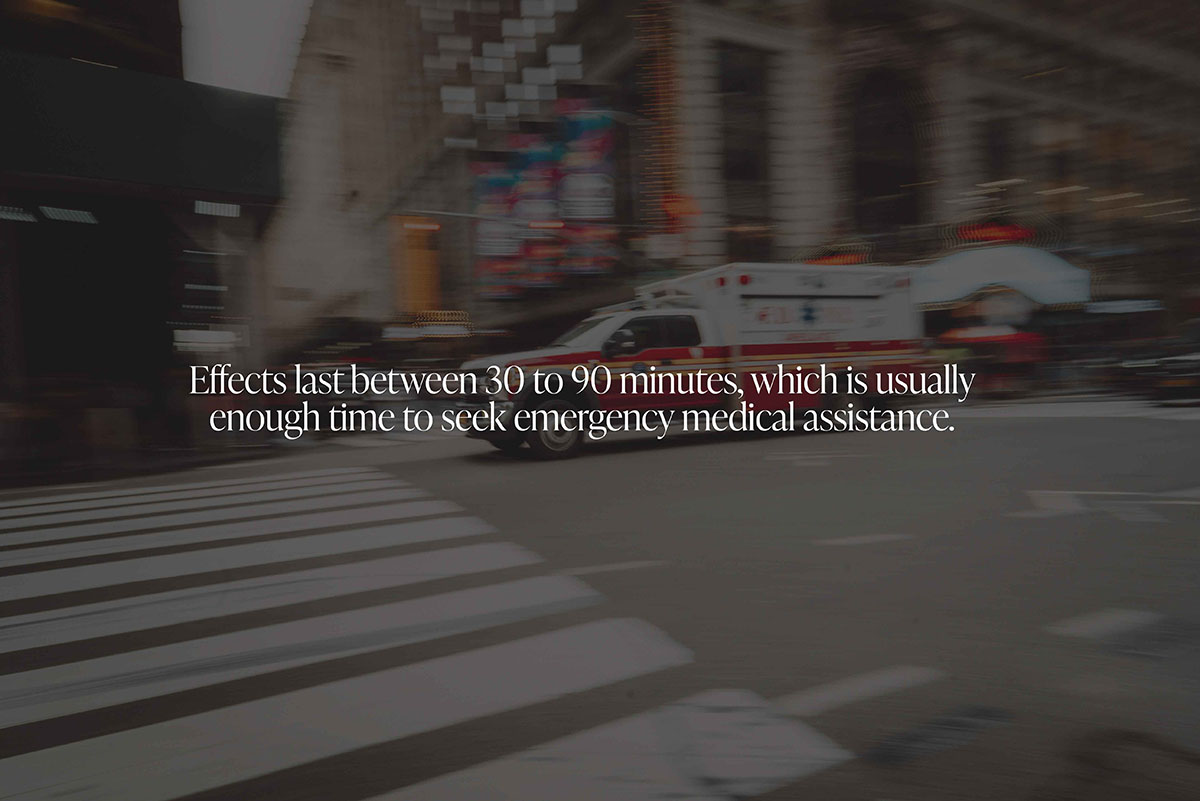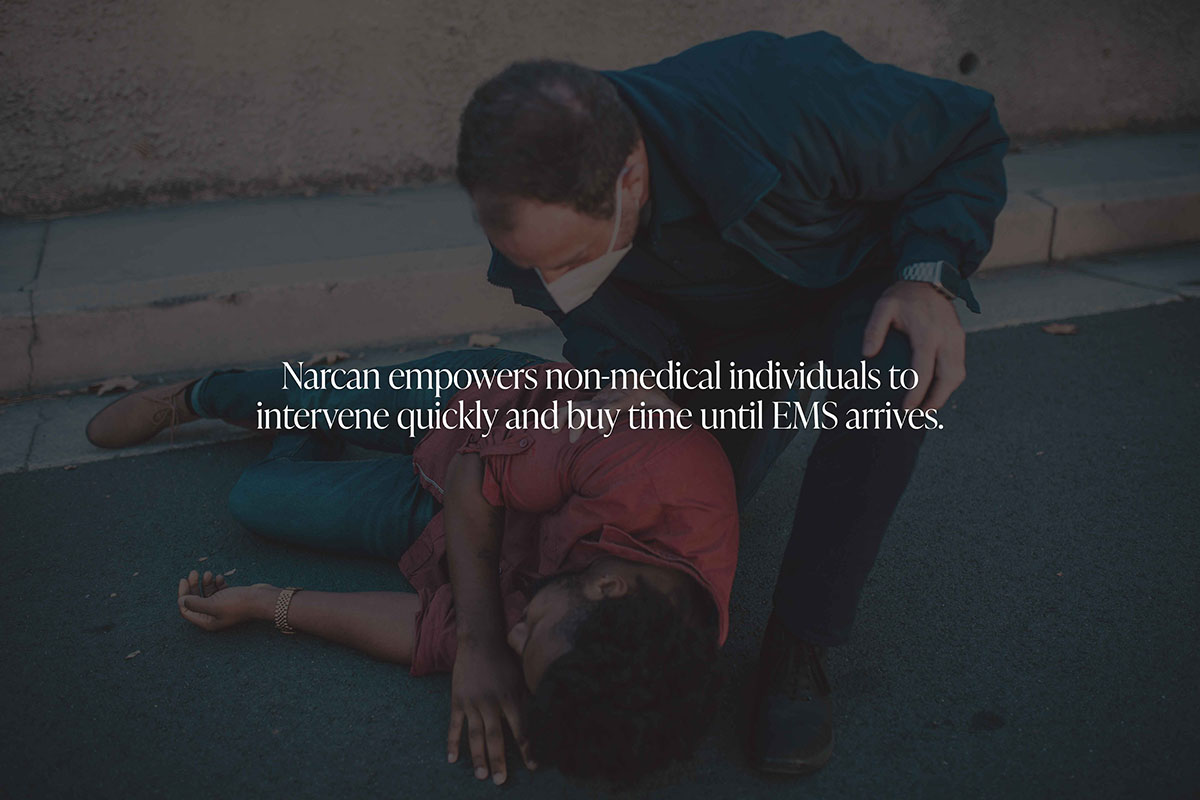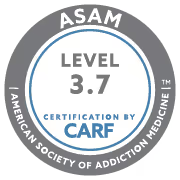Table of Contents
Narcan is a brand name for naloxone, a life-saving medication that rapidly reverses the effects of an opioid overdose. It works by binding to the same brain receptors that opioids target, effectively blocking their impact and restoring normal breathing in minutes. Administered through a nasal spray or injection, Narcan has become a frontline tool in the opioid crisis, accessible to first responders, clinicians, and even bystanders.

How Does Narcan Work?
Narcan is an opioid antagonist. It attaches to opioid receptors in the brain and displaces any opioid molecules currently occupying those sites. This immediate action reverses life-threatening symptoms such as respiratory depression and loss of consciousness caused by drugs like heroin, fentanyl, oxycodone, and morphine.
Unlike most medications that take time to metabolize, Narcan works within 2 to 3 minutes of administration. The effects last between 30 to 90 minutes, which is usually enough time to seek emergency medical assistance.

When Should Narcan Be Used?
Narcan should be used at the first sign of opioid overdose, which may include:
- Unresponsiveness or unconsciousness
- Slow or stopped breathing
- Pale, clammy skin
- Pinpoint pupils
- Blue lips or fingertips
If there is any suspicion of opioid use and the person is not breathing or is unresponsive, it is safe to administer Narcan, even if the overdose has not been confirmed. It does not harm people who are not experiencing an opioid overdose.
How Is Narcan Administered?
Narcan is available in two main forms:
- Nasal Spray (4 mg): Insert the nozzle into one nostril and press the plunger. The dose is absorbed through the nasal lining.
- Injection (0.4 mg): Delivered into a muscle or under the skin using a syringe.
Both methods are effective and approved for use in emergency situations by laypersons, not just healthcare providers.
Why Is Narcan Important in the Opioid Crisis?

According to the CDC, over 80,000 people died from opioid overdoses in 2023 in the U.S. alone. Synthetic opioids like fentanyl are especially dangerous because they are 50–100 times more potent than morphine. Just 2 milligrams of fentanyl can be fatal.
Narcan empowers non-medical individuals to intervene quickly and buy time until EMS arrives. Many public health agencies distribute free Narcan kits to schools, libraries, and community centers. In several states, pharmacies are authorized to dispense it without a prescription.
Is Narcan a Cure for Addiction?
No, Narcan is not a treatment for opioid addiction—it is an emergency intervention. After a person is revived, they may experience withdrawal symptoms such as agitation, sweating, nausea, and rapid heartbeat. These symptoms can be intense but are not life-threatening.
The critical step after using Narcan is connecting the individual to addiction treatment services, such as those offered through opioid addiction programs. Long-term recovery often involves detox, behavioral therapy, medication-assisted treatment (MAT), and mental health support.
Does Narcan Have Any Side Effects?
Narcan is generally safe and has no potential for abuse. Side effects are typically related to the withdrawal process, not the drug itself. These may include:
- Body aches
- Irritability or aggression
- Vomiting or diarrhea
- Increased heart rate
Because these effects are temporary and manageable, they are far less dangerous than leaving an opioid overdose untreated.
Why Fentanyl Overdoses Are So Dangerous
Fentanyl is a synthetic opioid that is 50 times stronger than heroin. It is often mixed with drugs like cocaine, methamphetamine, or counterfeit pills—without the user’s knowledge. A single dose can overwhelm the respiratory system within minutes.
This unpredictability makes Narcan especially critical. For people exposed to fentanyl-laced substances, even one use can lead to respiratory failure. Learn more in our guide on fentanyl addiction.
The Role of Prescription Drugs in Overdose
Many overdoses involve prescription medications like oxycodone, hydrocodone, and even benzodiazepines. When these are taken in combination with opioids—or when someone misuses their prescribed dosage—risk of overdose skyrockets.
Understanding these interactions is key to prevention. For more information, explore our resource on prescription drug addiction.
How Naloxone Differs from Other Emergency Medications
Narcan is unique in that it does not treat pain, euphoria, or other symptoms—only opioid-induced respiratory depression. It does not interfere with stimulants or psychedelics, which is why it is not effective against drugs like methamphetamine or LSD. However, when opioids are mixed into party drugs, Narcan remains a critical safety net. See how this overlaps with other dangerous combinations in our article on what is pink cocaine and why is it so dangerous.
What Happens After Narcan Is Used?
Narcan’s effects wear off after 30 to 90 minutes, but the opioids in a person’s system may remain active. This means the person could go back into overdose unless they receive further medical care. Always call 911 after administering Narcan.
Treatment programs often use this moment of crisis as a turning point to offer support and guidance toward recovery. Learn more about ongoing care options for substance abuse treatment after an overdose.












